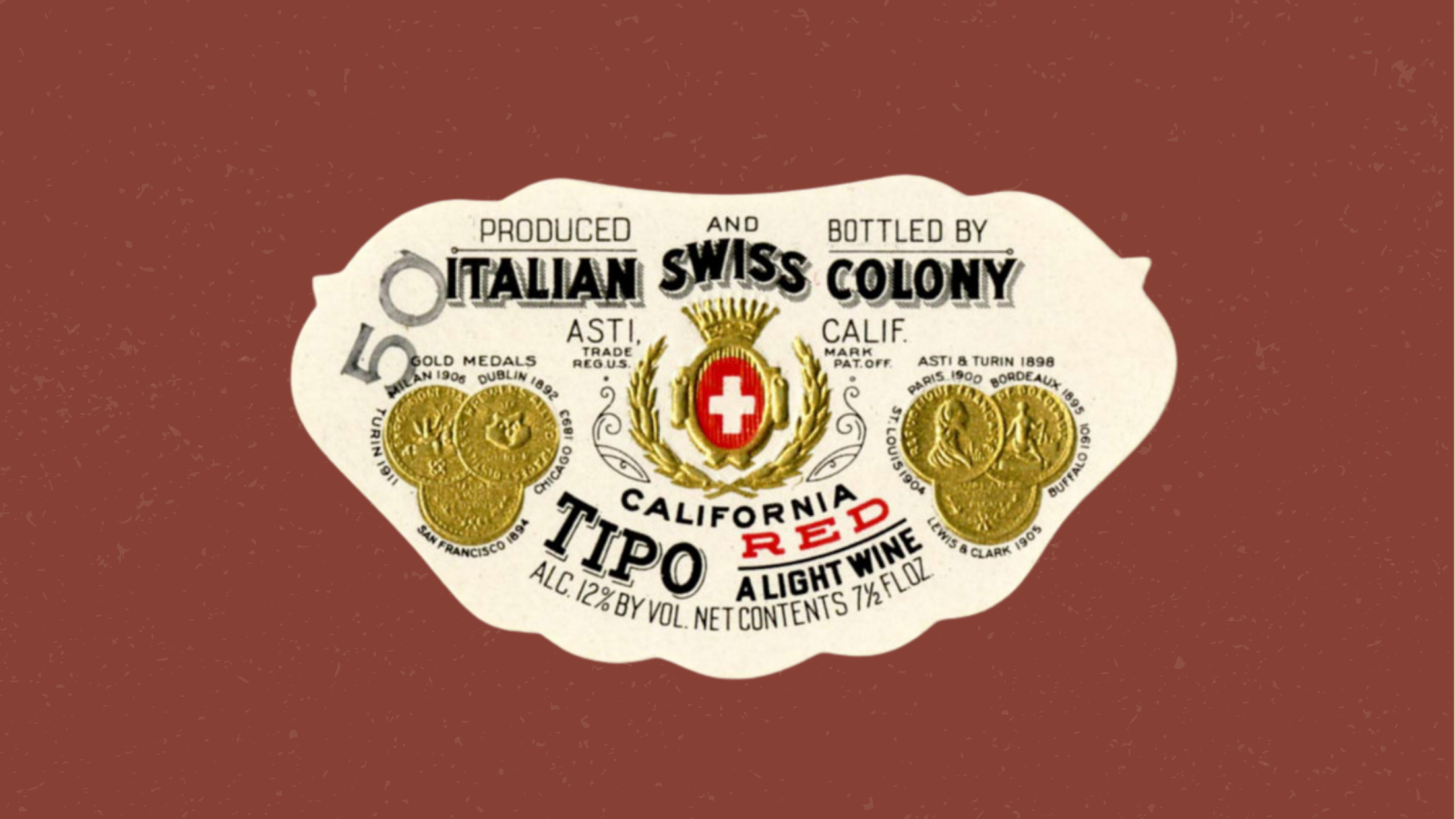Club Focus: SommSelect’s “Explore 4”
Cited repeatedly in the press as a “best of” wine club subscription, SommSelect’s Explore 4 is an ongoing journey through the wide world of wine.
The most fun I have at SommSelect is curating our “Explore 4” wine club. What isn’t so fun is trying to compose a one-sentence “elevator pitch” to summarize what it is, but here goes: Explore 4 is a sommelier-guided tasting of wines from all over the world, conducted in four-bottle increments and organized thematically. Each four-bottle pack, shipped monthly, comes with a collateral booklet which details the concept of the tasting and the wines chosen to illustrate that concept. It may be four wines from a single growing zone, or four expressions of the same grape variety, or four wines grown in similar soil types… in each case, we select flights of wines the way a sommelier might. It’s education through exploration. It’s like circuit training, but with wine. (You see? I couldn’t do it in one sentence!)
Given my obvious difficulties with concision, maybe the better approach would be to give you an example. This month, our focus was on domestic wines crafted from Italian grape varieties. Originally, we had a “Cal-Ital” theme on the calendar, but then we remembered that one of America’s great Italophile wineries (and winemakers) happened to be out on Long Island, New York. Christopher Tracy of Channing Daughters Winery is one of a handful of American producers who grow and bottle a wine from Friulano (a.k.a. “Tocai Friulano”), the distinctive native white of Friuli-Venezia Giulia—the northeastern-most region of Italy. The 2020 Tocai Friulano from Channing Daughters found its way into a pack alongside three Californians: a snappy Vermentino from Monterey’s Russell Joyce; a bright-fruited Piedmontese red blend (Nebbiolo-Barbera-Dolcetto) from Sam Bilbro at Idlewild; and an inky Paso Robles Aglianico from Giornata Wines from Giornata Wines.
Although native Italian grape varieties found their way into many corners of the US, it should surprise no one that California, America’s most voluminous wine-growing state, was the foremost destination. Before Gallo became an Italian-American household name, there was the agricultural cooperative called the Italian Swiss Colony, created in 1881 and located in the aptly named town of Asti, in Sonoma County; it was a major producer of Italian-inspired wines, many of them from varieties imported from Italy (Barbera, Nebbiolo, Sangiovese, and others).
Not long after the Italian Swiss Colony took Northern California by storm, Piedmontese immigrant Secondo Guasti founded the Italian Vineyard Company in Los Angeles in 1900. Focusing primarily on the Barbera grape—cuttings of which he brought with him—he established a vineyard in the Cucamonga Valley that at one point grew to become the largest contiguous vineyard site in the world.
But despite the long history of Italian grapes in California, and the success of Italian-American wine producers, the mix of grape varieties in California vineyards has always skewed more French. Only Barbera, a hardy variety which was often used in large-production jug wines, factors among California’s top 10 red wine varieties in terms of acreage. That’s undoubtedly thanks to Guasti (who had a town in the Cucamonga Valley named after him).
Curious as to how the Italian-American renditions in our pack fare against their “real” Italian counterparts? We’ve got a small supply of each in our wine shop. Salute!








